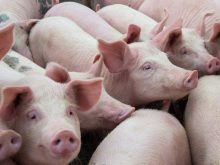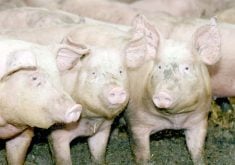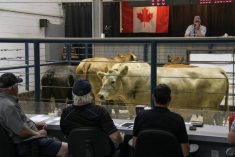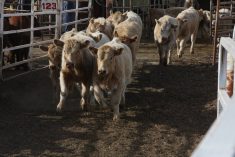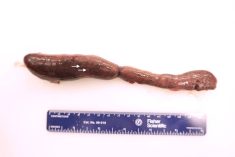RAYMOND, Alta.- Sue Wilde has been in the llama business for 16 years
and has loved every minute.
She converted her family’s mixed farm into a llama ranch and built her
herd to 70 animals, finding new ways to market her products.
She is among Alberta’s llama elite and has traveled unscathed over the
peaks and valleys of the livestock industry. When the market dips
became discouraging, Wilde looked for innovative ways to make her
animals pay their way.
Read Also
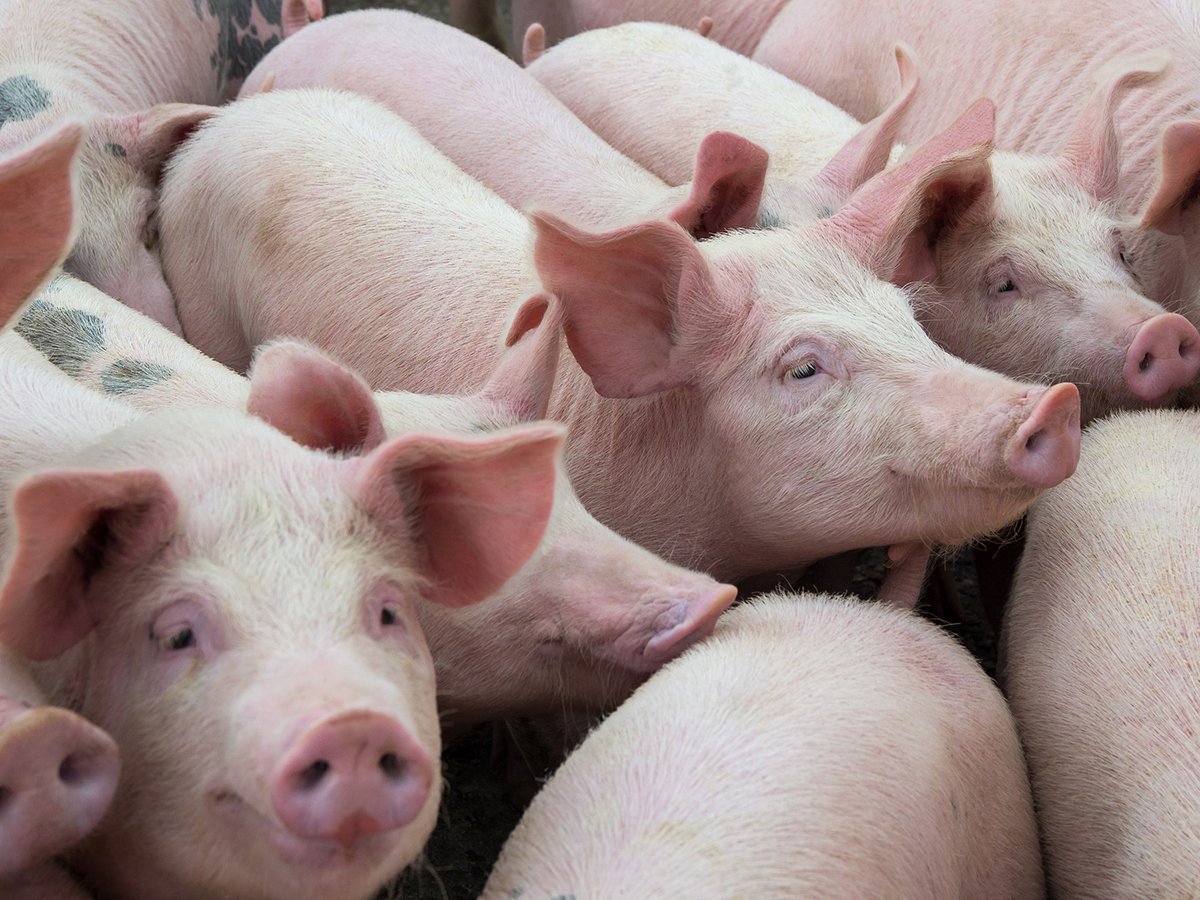
Quebec pork company calls for transparency around gene-edited pigs
Quebec-based pork company duBreton is calling for transparency around meats from gene-edited pigs on concerns that a lack of mandatory labelling will confuse consumers, and dilute certification claims. The organic sector is also calling for labelling rules.
“People should realize there is still great potential out there for
most of the animals they have,” she said. “They are just not working
with the system.”
Her prize llamas become breeding stock, but she also sells pets, guard
animals, yarn and meat. Manure goes to the neighbours for their gardens.
Raised with cattle on the family farm near Raymond, Wilde got her first
taste of diversification with German shepherd dogs 25 years ago. She
trained them and travelled to Germany for new stock. The Calgary City
Police canine unit was a client.
She was an early adopter of llamas and along with other neophyte
breeders learned about these South American animals through experience.
Based on Bolivian, Peruvian and Chilean genetics, the North America
llama has become a unique product, but it took work among breeders to
develop the modern animal.
“When I got started, every ugly, walking llama was $20,000 and up, but
that is not the way anymore.”
However, today’s higher quality animals are not selling for the same
high dollars paid 10 years ago. Better animals still fetch a good
price, but the common stock is more reasonable.
Wilde sold 25 animals off the farm this year that included herd sire
prospects as well as pets.
People have to accept that they may not be able to buy the most
expensive sires, but stud service is available to upgrade herds.
Artificial insemination is not widely used.
“It’s just like horses or cattle. You have a few good stallions or a
few good bulls and a lot of geldings and steers.”
She tells new breeders to develop a plan, accept there will be risk and
understand that not every animal is going to be a sale highlight.
“I always tell people to make sure it is money you can afford to throw
away.”
Yarn and clothing made from llama fibre is a high-end market for
breeders like Wilde.
Along with a friend, she sends raw fleece to one of two mills in
Alberta and has found a company to make llama wool socks.
Knitters can buy 100 gram skeins of yarn for $15.
To be a serious industry, North American llama and alpaca owners need
mills that are prepared to buy the fibre and handle the sales, rather
than leaving individuals responsible for their own marketing. Wilde
said Peruvian llama farmers have already reached this level. Fibre is
paid for when it’s delivered and the mill handles processing and sales.
South American women have formed co-operatives so they can work
together to knit and weave a range of garments. Most of the yarn and
knitted clothing items sold in Canadian stores are Peruvian imports.
To produce a better quality fibre, breeders like Wilde are developing
an animal with suri-type fibre. These animals grow fibre in long,
curling tendrils with a better lustre and crimp so garments hold their
shape.
The old-fashioned type of animal with a fluffy, full coat can be bred
to the suri-type males and produce the finer fibre.
“This is the type that is really commanding the big dollars,” Wilde
said.
Unfortunately, some animals do not make the cut and breeders are forced
to make decisions.
Along with a partner, Wilde formed Amigo Meats to deal with two- to
three-year-old nonbreeding males. The meat is processed locally and
sold at farmers’ markets. The partners had sales of about $200 a week
this summer.
The meat looks and tastes like beef, but getting rid of offal and heads
is an obstacle because renderers don’t want to handle them.
Her llamas have taken her as far away as Peru for a world conference
and to farms across North America. That included hauling llamas to
Virginia for a pet therapy program and annual visits to the
international show and sale in Oklahoma City each year, the Mecca for
camelid producers.
Exports to the United States are simple, but problems remain with
importing new lines north because of concerns with quarantine and
testing requirements for brucellosis, tuberculosis and, in some states,
bluetongue.
Being treated as livestock has been a plus for the industry. There is
no goods and service tax and it is recognized as an agri-cultural
commodity.
Yet many have remained in the industry because the animals charm them.
“If you stay passionate about what you have, it stays alive,” she
said.”As soon as the passion is gone, so is what you have.”



